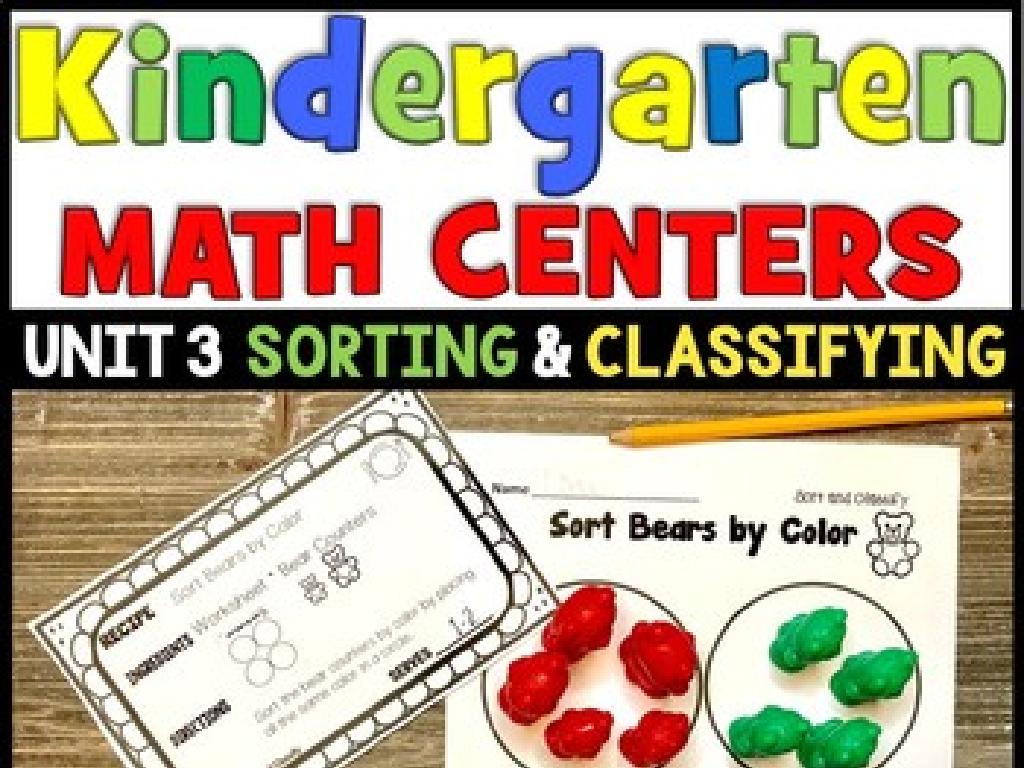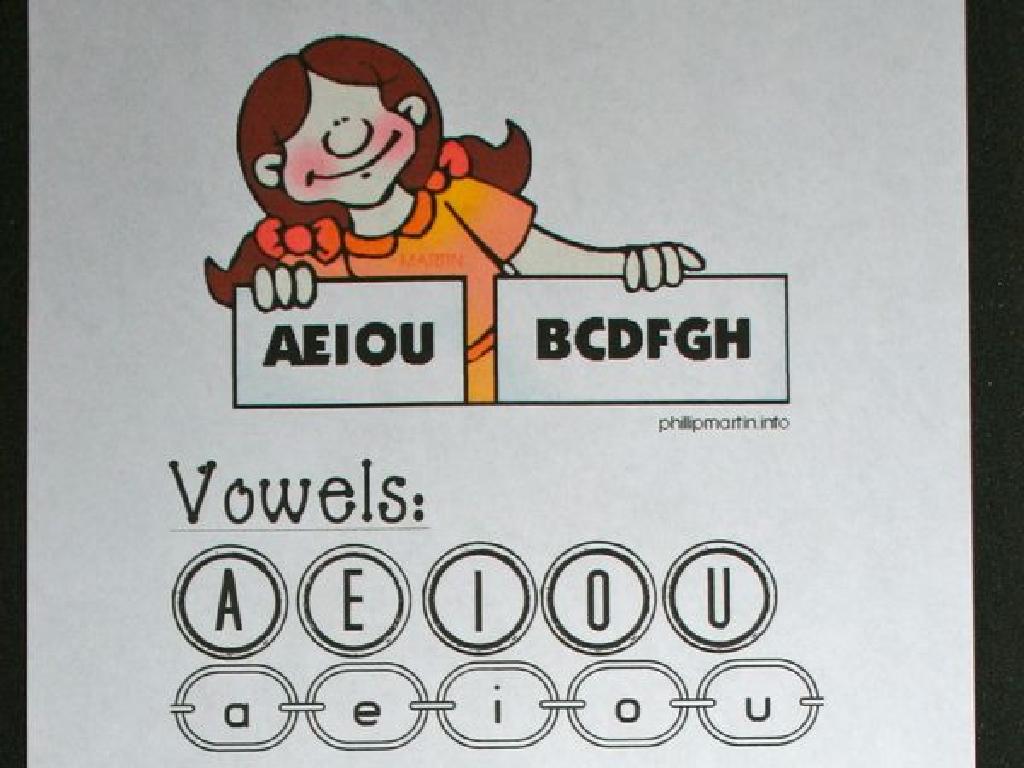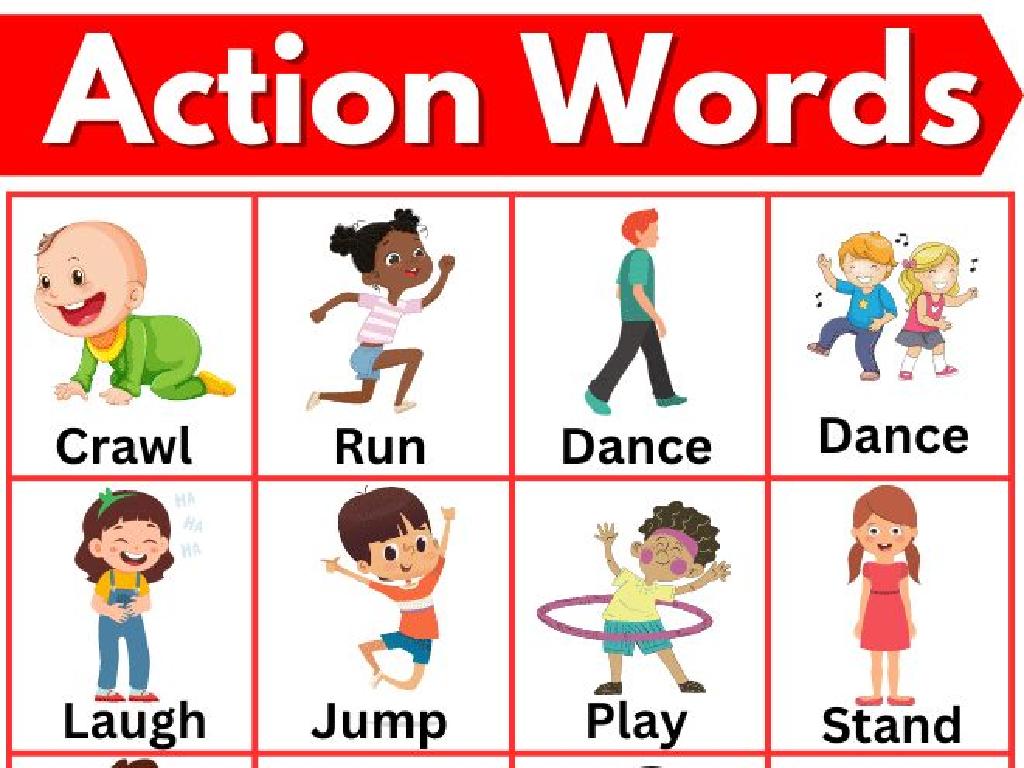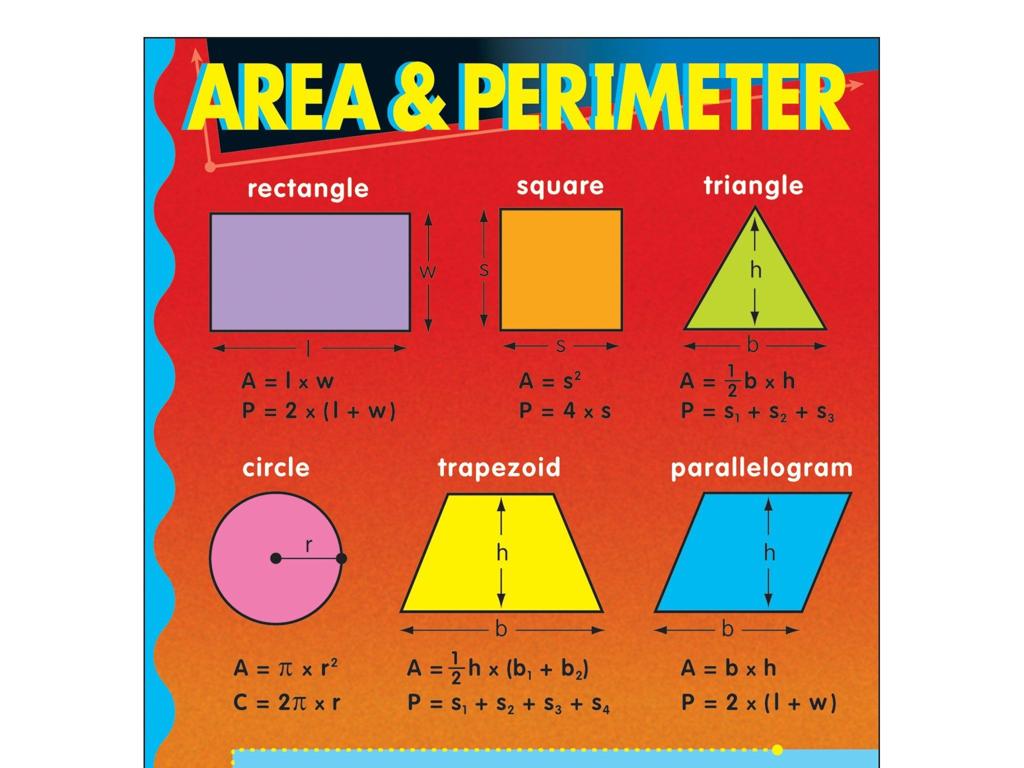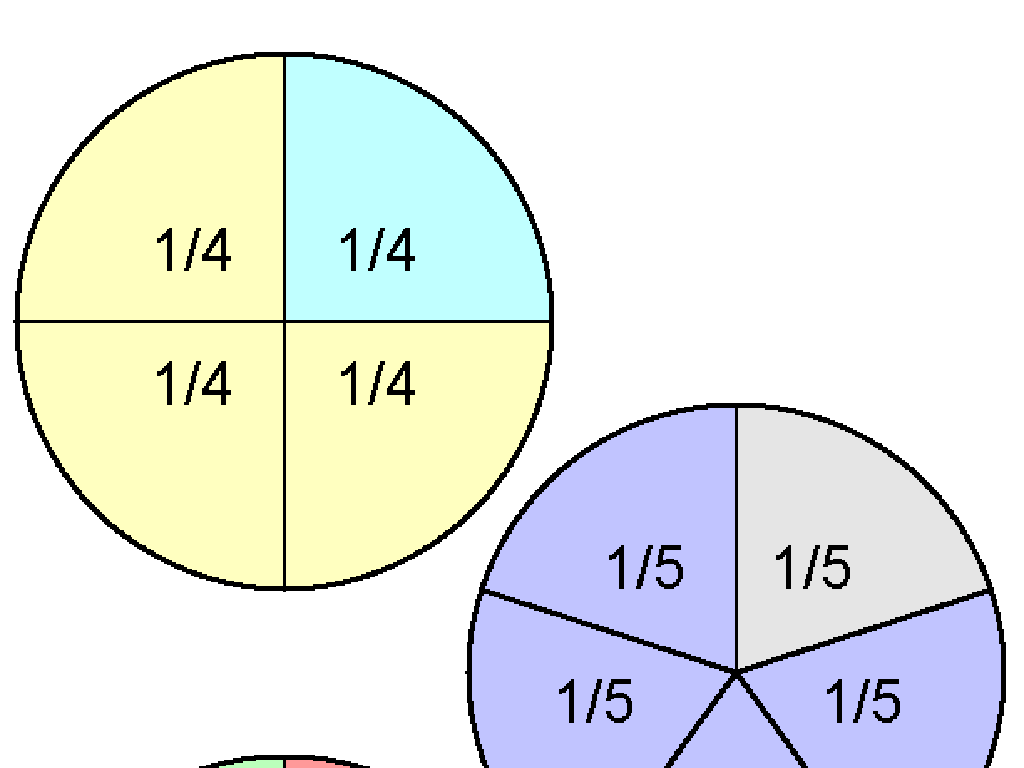Find Start And End Times: Multi-Step Word Problems
Subject: Math
Grade: Fourth grade
Topic: Time
Please LOG IN to download the presentation. Access is available to registered users only.
View More Content
Introduction to Time: Understanding Clocks
– Learn about time and clocks
– Time is shown on clocks and comes in seconds, minutes, and hours.
– Discuss time’s role in daily life
– Time helps us schedule our day, like knowing when school starts.
– Explore time measurement methods
– We measure time using clocks, watches, and even sand timers.
– Practice with real-life scenarios
|
This slide introduces the concept of time to fourth graders, emphasizing the importance of understanding how to read clocks and the significance of time in organizing our daily activities. Begin by explaining the basics of hours, minutes, and seconds, and how they are represented on different types of clocks. Discuss with students why time is crucial, such as for scheduling school, work, and leisure activities. Introduce various methods of measuring time, from digital clocks to traditional analog clocks and even historical methods like sundials or hourglasses. Engage students with examples of scheduling their own day and understanding the duration of activities. This foundational knowledge sets the stage for solving multi-step word problems involving start and end times.
Telling Time Review
– Review telling time to 5 minutes
– Practice with clocks showing times like 3:20 or 11:25
– Understand A.M. vs P.M.
– A.M. is morning, P.M. is after noon to night
– Reading analog and digital clocks
– Analog has hands, digital shows numbers
– Solving time word problems
|
Begin with a quick recap of how to tell time to the nearest five minutes, ensuring students can recognize times like 3:20 or 11:25. Clarify the difference between A.M. and P.M., with A.M. representing the time from midnight to noon and P.M. from noon to midnight. Show examples of both analog and digital clocks and explain how to read them. Emphasize that analog clocks have moving hands for hours and minutes, while digital clocks display time with numbers. Conclude by introducing multi-step word problems involving time, and explain that understanding how to tell time is crucial for solving these problems. Prepare to guide students through examples in the next class.
Understanding A.M. and P.M. Times
– What A.M. stands for
– A.M. means ‘Ante Meridiem’ or before midday
– What P.M. stands for
– P.M. means ‘Post Meridiem’ or after midday
– A.M. time activities
– Examples: breakfast at 8 A.M., school starts at 9 A.M.
– P.M. time activities
– Examples: lunch at 12 P.M., bedtime at 8 P.M.
|
This slide introduces students to the concepts of A.M. and P.M., which are crucial for understanding time and solving related word problems. A.M. stands for ‘Ante Meridiem’ indicating the time before midday, while P.M. stands for ‘Post Meridiem’ indicating the time after midday. Provide relatable examples of typical activities that occur during A.M. and P.M. hours to help students associate these periods with their daily routines. Encourage students to think of their own examples and understand that 12 A.M. marks midnight and 12 P.M. marks noon. This foundational knowledge will be applied in subsequent lessons involving start and end times in multi-step word problems.
Calculating Event Times
– Calculate event start time
If an event ends at 5 PM and lasted 3 hours, what was the start time?
– Determine event end time
If a movie starts at 2 PM and is 2 hours long, when will it end?
– Use subtraction to find duration
Subtract the duration from the end time to find the start.
– Use addition for time elapsed
Add the duration to the start time to find the end time.
|
This slide aims to teach students how to calculate start and end times for events using addition and subtraction. Start by explaining how to work backwards from an end time to calculate when an event began. Then, show how to determine the end time of an event given the start time and duration. Use real-life scenarios such as school events or TV show times to make the problems relatable. Encourage students to practice with word problems that require them to apply both subtraction and addition to find durations and elapsed times. Provide guidance on how to read a clock and use a timeline if necessary.
Solving Multi-Step Time Problems
– Read the problem thoroughly
– Find start and end times
– Look for phrases like ‘begins at’ or ‘ends by’
– Determine steps to solve
– List actions in order; calculate time passed
– Practice with examples
– Use scenarios like cooking or TV show schedules
|
This slide is aimed at teaching students how to approach multi-step word problems involving time. Start by emphasizing the importance of reading the problem carefully to understand what is being asked. Next, guide students to identify clues for start and end times within the text of the problem. Then, discuss how to determine the sequence of steps necessary to find the solution, which may involve adding or subtracting time intervals. Provide practice problems that relate to everyday activities, such as how long a TV show lasts or how much time it takes to bake cookies. Encourage students to explain their reasoning for each step to reinforce their understanding.
Calculating School Day Length
– Start time: 8:15 A.M.
– End time: 3:10 P.M.
– Calculate elapsed time
– How much time passes from start to end?
– Solution: 6 hours 55 minutes
– Subtract start time from end time
|
This slide is aimed at teaching students how to calculate the length of a school day using a word problem. Start by identifying the start and end times. Then, guide students through the process of finding the elapsed time by calculating the difference between the end time and the start time. In this example, from 8:15 A.M. to 3:10 P.M., students will learn to count the hours and minutes separately to find that the school day lasts 6 hours and 55 minutes. Encourage students to practice with similar problems, ensuring they understand how to handle the minutes and carry over to hours when necessary.
Time Calculation: Practice Problems
– Solve practice problems alone
– Use clocks for problem-solving
– Clocks can help visualize the time elapsed
– Discuss solutions with classmates
– Explaining your method helps everyone learn
– Understand start and end times
– Grasp how to find duration between events
|
This slide is designed for a class activity where students will work on multi-step word problems related to calculating start and end times. Provide a set of problems that require students to determine the duration of events or the start/end time given a duration. Encourage them to use their analog or digital clocks to visualize the passage of time. After solving the problems, students should be prepared to share their solutions and the strategies they used with the class. This peer-sharing session will not only allow students to learn from each other but also help them articulate their thought process. As a teacher, facilitate the discussion, correct any misconceptions, and provide praise for effective problem-solving strategies. Possible activities could include calculating the end time of a soccer game, the duration of a movie, or the start time of a school play given the end time and duration of the event.
Class Activity: Schedule Planning
– Create your own daily schedule
– Include 3 activities with times
– Example: Reading, Math, Playtime
– Calculate each activity’s duration
– Use subtraction for start & end times
– Share your schedule with the class
|
This activity is designed to help students apply their knowledge of time to real-world scenarios by creating a daily schedule. Students should think of at least three activities they do in a day and write down when they start and end. They will then calculate the duration of each activity by finding the difference between the start and end times. This will reinforce their understanding of elapsed time. Provide guidance on how to calculate time durations and encourage creativity in their schedule making. Possible activities could include school subjects, meals, and leisure activities. After completion, students will share their schedules with the class to practice their presentation skills and to learn from each other’s schedules.
Wrapping Up: Time and Word Problems
– Review of key time concepts
– Homework: Solve time problems
– Tackle two multi-step problems
– Share your schedule tomorrow
– Prepare to discuss your daily time management
– Practice makes perfect
|
As we conclude today’s lesson on time and multi-step word problems, remind students of the importance of understanding time concepts such as duration, start, and end times. For homework, assign two multi-step word problems that require students to apply what they’ve learned. Encourage them to think critically and check their work for accuracy. Additionally, prepare them for tomorrow’s activity where they will share their own daily schedules, reinforcing their practical understanding of time management. This exercise will help them appreciate the relevance of time calculation in everyday life. Provide examples of multi-step problems and discuss strategies for solving them to ensure students are well-equipped to complete their homework.

